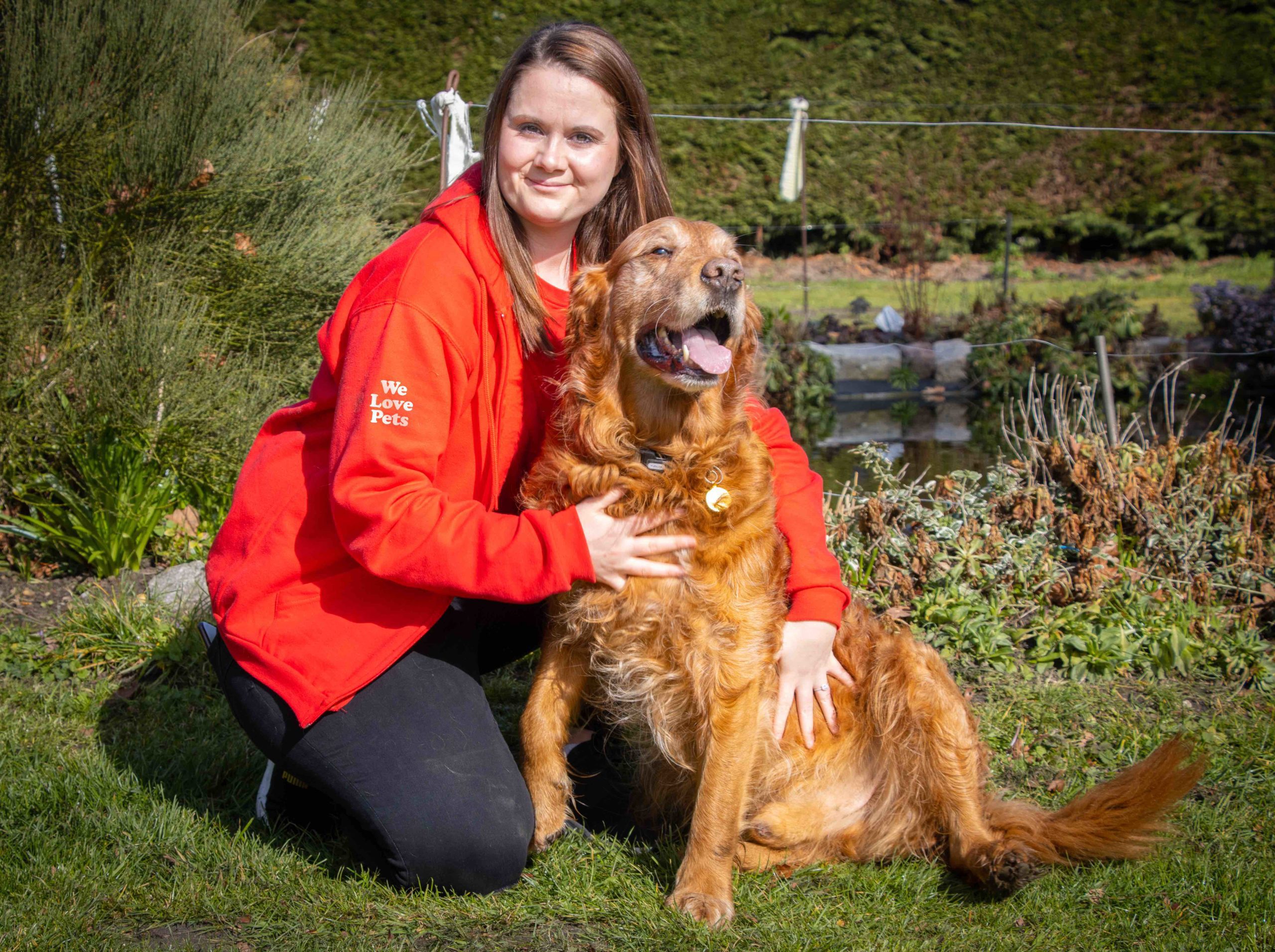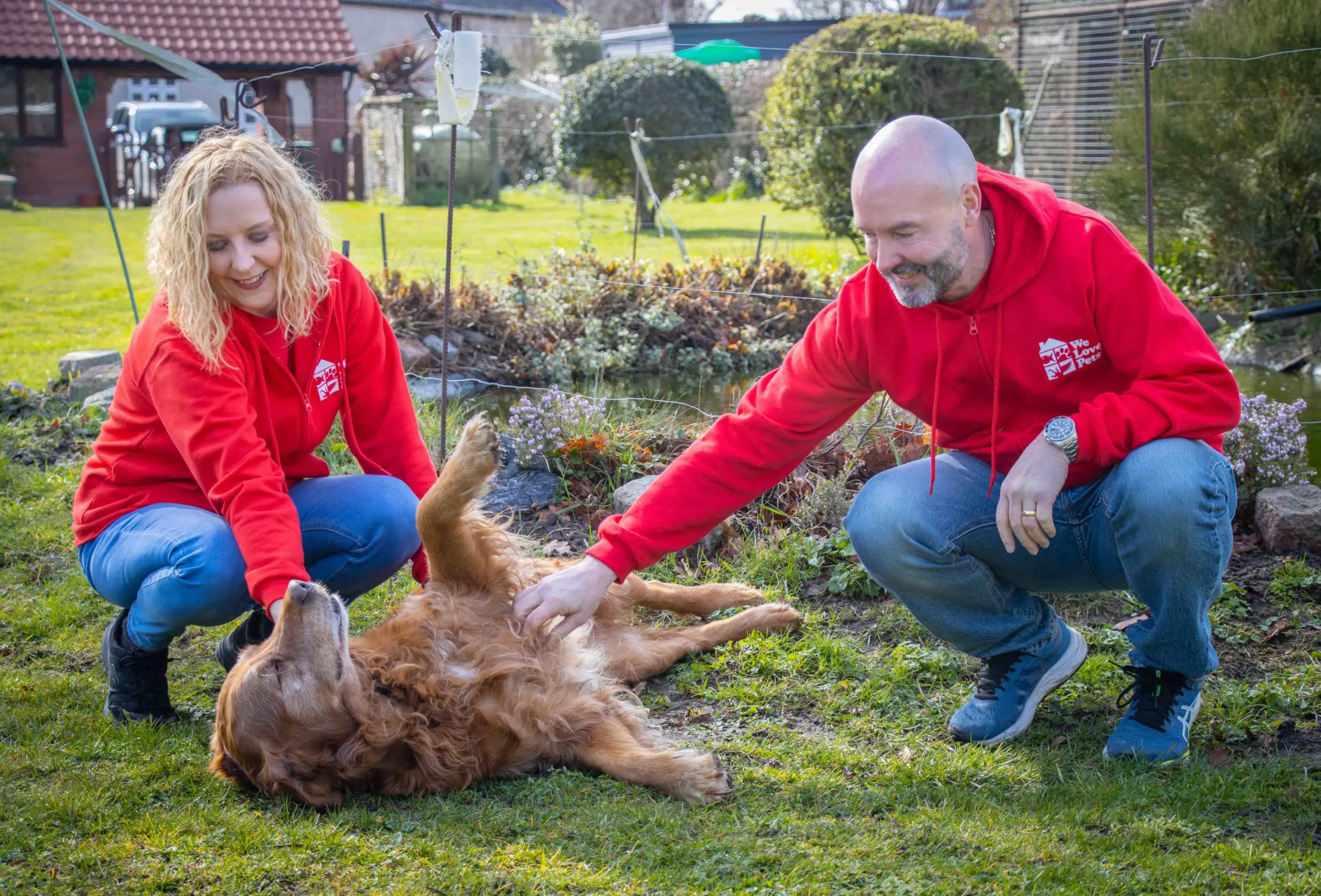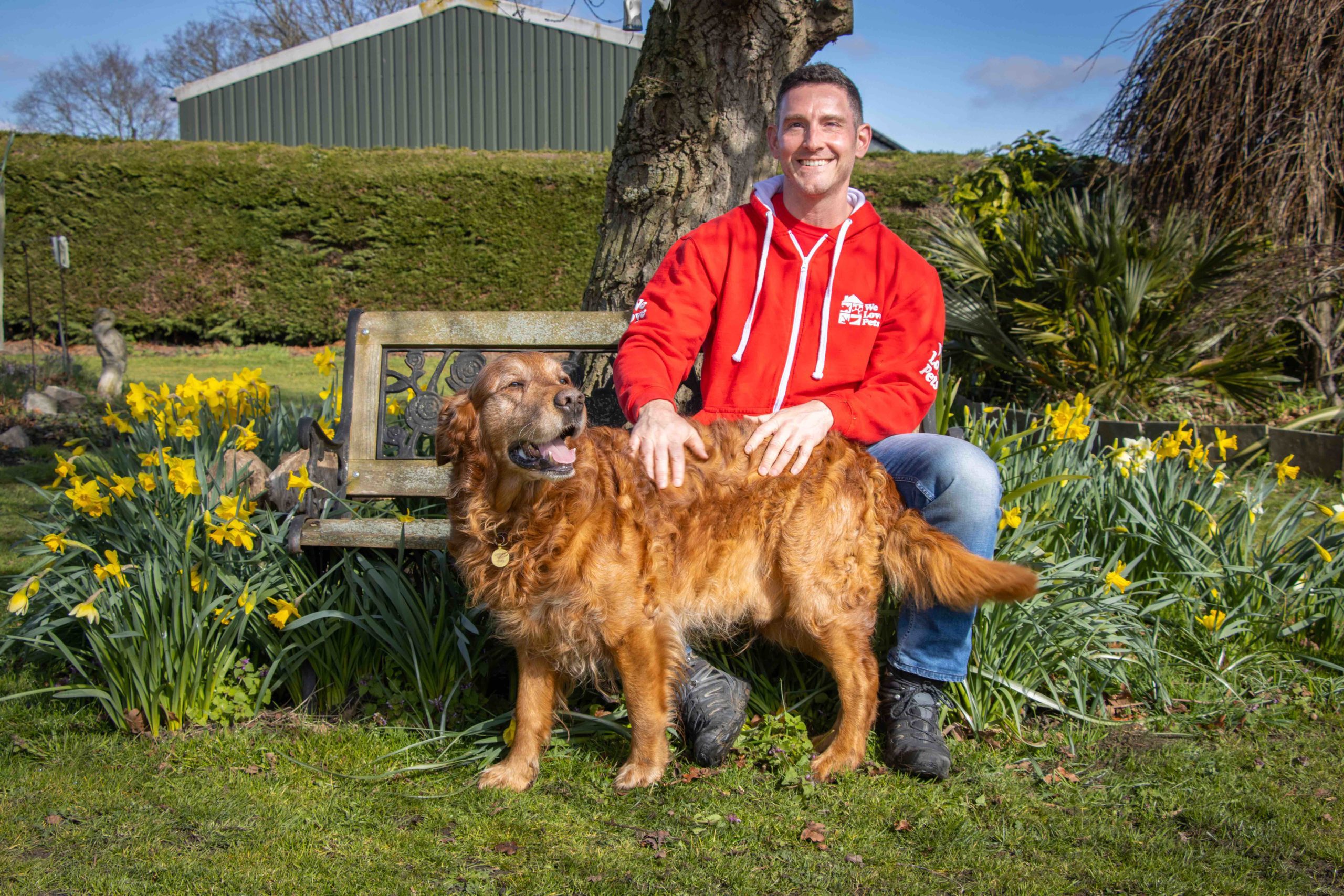Q&A with Dr Craig Waldron
This awful disease has been in the news recently so we asked our vet Dr Craig Waldron to explain what the disease is, what the symptoms are and what to do if you think your dog may have it.
What is canine parvovirus?
Canine parvovirus is a highly contagious and serious disease affecting dogs. It is caused by the canine parvovirus type-2 (CPV-2) virus. It affects only dogs, and cannot be transmitted to humans or other species. It is endemic to the UK – that is, it is regularly found in dogs in this country.
It is difficult to find specific numbers on the prevalence of this disease (as there are no national records kept of individual cases, and some cases may be misdiagnosed, or not even presented at a veterinary clinic), but I have personally seen one large outbreak (in 2010), and one or two smaller outbreaks, in and around the Swindon (Wiltshire), area over the past eight years.
What are the signs of parvovirus?
The disease most commonly features
- Depression
- Lethargy
- Anorexia
- Fever
This progresses to vomiting within 24 to 48 hours, and diarrhoea (with mucus or blood). Thereafter, dehydration and protein loss can lead rapidly to shock. Intestinal tract damage predisposes to bacterial infection and subsequent septicaemia, which can lead to a systemic inflammatory response, shock and death. The survival rate is reported to be just over 9% in the absence of treatment, and more than 64% with treatment.
How is the disease spread?
Canine parvovirus is a hardy virus. It can persist in the environment for 5-7 months at room temperature. The disease is most commonly spread between dogs via the faecal-to-mouth route – this can be through direct contact between dogs, as well as via contamination in the environment. For example, it is readily transferred between dogs via kennels, bedding, and people. Once infected, the virus replicates and spreads through the dog’s body within days. Shedding of virus from an infected dog can occur as quickly as three days after infection, and may continue for up to four weeks after clinical or sub-clinical disease. Puppies between the age of 6 weeks and 6 months are thought to be most susceptible. Risk factors for infection include lack of protective immunity, intestinal parasites and unsanitary environmental conditions.
What should I do if I suspect a dog has parvovirus?
If you have any suspicion that a dog may have parvovirus, or has any of the signs listed in above, you should contact your vet promptly. These signs are non-specific – that is, they have numerous causes, so they are not specific to any one disease and many of the other causes are much less sinister. For example, a dog with vomiting or diarrhoea is more likely to have eaten something they shouldn’t have done, than to have parvovirus. However, it is important that a vet considers a dog’s history, signs of disease and physical examination ± other tests, where indicated, to determine the likely cause of these signs, and whether parvovirus is a possibility.
How is parvovirus treated?
There is no specific treatment for parvovirus, therefore management of this condition is centred on supportive care. Usually, an intravenous drip is required to treat dehydration, and thus correct circulating blood volume, low blood glucose, and salt disturbances. Intravenous antibiotics are usually administered, due to disruption of the intestinal barrier, and reduced inflammatory cell counts, both of which render the patient at greater risk of infection. There are other medications that may also be given, including gastrointestinal protectants, anti-nausea medication and pain killers, as well as other supportive / symptomatic therapies as required. When a patient is admitted, they are likely to be placed into an isolation unit with barrier nursing.
Disclaimer: No liability is assumed for the content of this article. Advice given is not a substitute for proper consultation with a veterinary surgeon, and is intended as a guide only, to the best of the author’s knowledge. You should consult a pet’s registered veterinary surgeon if you have any concerns in relation to the health and welfare of an animal under your care. In an emergency, seek this advice urgently. If you find any potentially erroneous information in this update, please inform your manager – knowledge of this condition is an evolving process, as is veterinary medicine. Advice may vary between veterinary surgeons – therapies offered and administered are at the discretion of the attending veterinary surgeon. Vaccination protocols may vary, depending on the policy of the practice, perceived disease risks in the local area, and varying recommendations between manufacturers of vaccines.




